The artist’s studio is a recurring theme in art history—depicted in drawings, paintings, and photos. Looking at it through Romantic, 19th -century eyes, this fascinating place is the cradle of all artistic creation. At that time, artists were legendary, admired figures of society, and soon started setting trends1 for upper-class bourgeois and bohemians, who drew their inspiration from and fantasized about the lifestyle of the artist. Around the beginning of the 20th century, artists’ studios became an architectural model in Paris, inspiring new buildings with large glass roofs and high ceilings, bathed in light, boasting a profoundly “bohemian” interior decor—created by careful home-staging and a plethora of more of less luxurious items2. Later on, Chagall’s studio perpetuated this idea, fitting in perfectly with the collective imagination about his space. Photographs from the Marc and Ida Chagall Archive, as well as studio depictions, give us a glimpse of the atmosphere in these creative havens. Indeed, they took on many different facets depending on whether the painter was settled in Russia, France, Germany, or exiled in the United States during World War II. As it grew, Chagall’s studio morphed according to his social status and recognition as an artist—from his stay at La Ruche, a compound of studio lodgings in the Vaugirard neighborhood of Paris, from 1912 to 1914, to the construction of his villa La Colline in Saint-Paul-de-Vence where the artist settled down in 1966. These places were ideal for meeting new people and collaborating on cross-disciplinary artistic projects, transcending an extremely personal vision of the artist’s studio.
The works depicting his studio help shed light on what role and function the artist pinned on it. Chagall never painted outdoors: “I painted at my window, yet never walked down the street with my paintbox,” he asserted in Ma vie3. The artist’s studio is a pivotal place between outside and inside worlds, materialized by the window itself. In the same way as his self-portrait did, these studio representations bear witness to how Chagall considered his status as an artist—like a window into his world.
1Manuel Charpy, “Les ateliers d’artistes et leurs voisinages. Espaces et scènes urbaines des modes bourgeoises à Paris entre 1830-1914”, Histoire urbaine (“Artists’ Studios and their neighborhoods. Urban Areas and Scenes of Upper-Class Bourgeois in Paris between 1830 and 1914,” Urban History), vol. 26, no. 3, 2009, p. 43-68.
2Ibid.
3 Marc Chagall, Ma vie (My Life), Paris, republished by Stock, 1983, p. 166, in Élisabeth Pacoud-Rème, “Chagall, fenêtres sur l’œuvre” (Chagall, Window onto his Works), in Chagall, un peintre à la fenêtre (Chagall, a Painter at the Window) (Nice exhibition catalogue, Nice, Musée national Marc Chagall, June 25–October 13, 2008, Münster, Graphikmuseum Pablo Picasso Münster, November 13–March 4, 2009), Paris, Réunion des musées nationaux, 2008, p. 33.
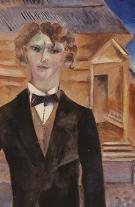
















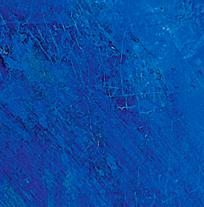

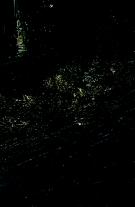
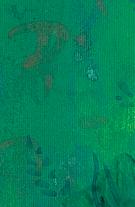

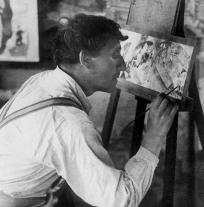
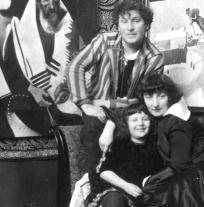
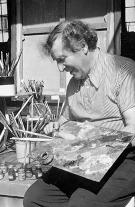

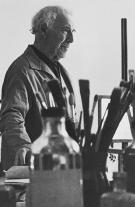
Véronèse green is an emerald-green synthetic pigment, fairly pale with yellowish tones, invented in the 18th century, two centuries after the death of the man who inspired it, Paul Véronèse. This luminous shade of green, invented by the Venetian painter, stems from a combination of three pigments. It can be seen in works such as Adoration of the Magi, 1573, and The Feast in the House of Levi, 1573, marking viewers’ minds and inspiring the name of this new pigment, made of copper arsenate. Known to be poisonous, the substance was then replaced by mono-azo dyes, phathalocyanines and mineral elements. The emerald green used by Chagall in Snuff, or the Green Rabbi, still contains arsenic. The painter also combined this shade with chromium oxide green in his initial sketch of Le Quai de Bercy, 1953.